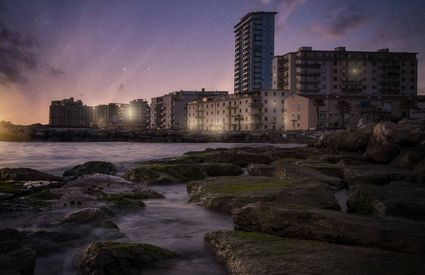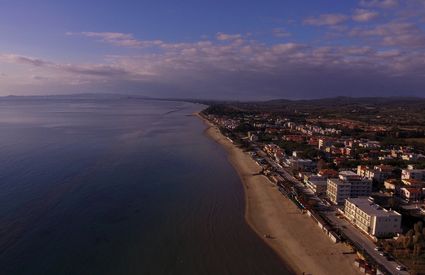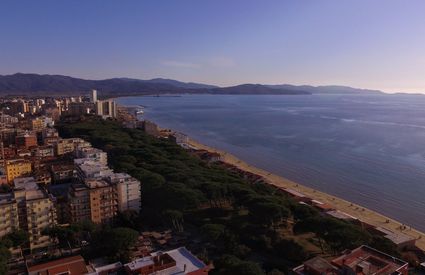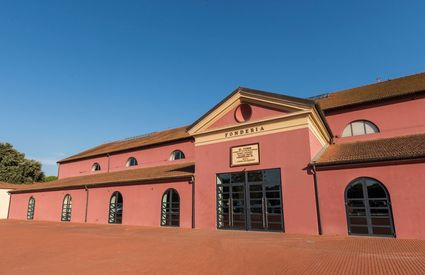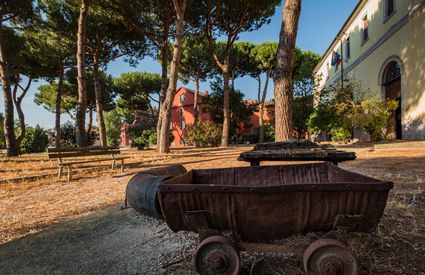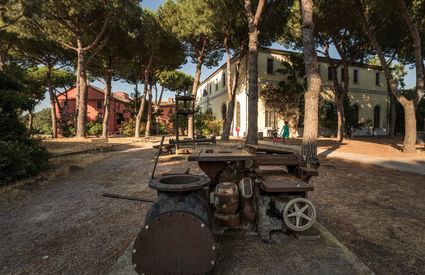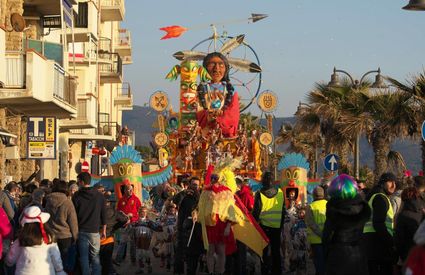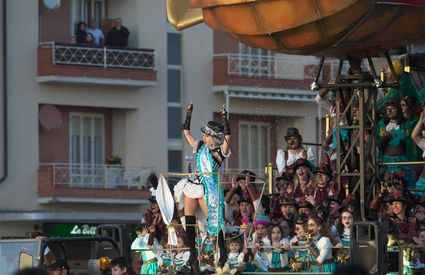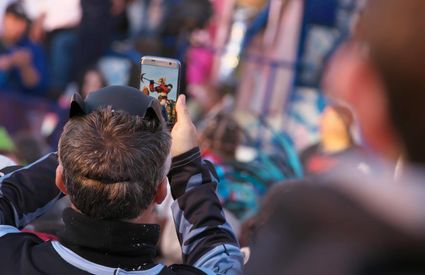Follonica
Between the Maremma coastline and the old iron road
They call it the Pearl of the Gulf because of the magical beaches. But the old foundry runs in the veins too
Between the Maremma coastline and the old iron road
They call it the Pearl of the Gulf because of the magical beaches. But the old foundry runs in the veins too
Let’s go to the seaside
Fine, white sandy and fine, low seabeds. You can feel the wildness of the Maremma. How many summers, how many spur-of-the-moment weekend trips or early-summer holidays as soon as the schools have closed: “Let’s go to the seaside!”, and we’d hop on a motorbike or jump in the car (if you had one). The important thing was to get out of town. “Let’s go to the seaside” and that meant Follonica, the beach for youngsters, backpacks and adventures. More natural than Versilia, more down to earth with its public beaches and the archipelago’s island right opposite, as if you could touch them on a clear day. They tempt you to set sail, to leave. A short distance from Punta Ala, beautiful but exclusive. The treasure of Follonica, on the other hand, were ready and waiting for everyone. It was for everyone. Even though you needed to conquer the place, if we’re honest.
Exploring the factory town that lived for cast iron
Are you ready to leave the beach and head into the factory town of the old Ilva foundries? Here the buildings of the steel town will accompany you on a journey back in time to the old Italian cast iron capital. The labour and pride are palpable, but more than anything else it’s a matter of identity. Follonica was founded for this very reason: to fuse the iron that came from neighbouring Elba Island and turn it into cast iron.
It was the Grand Duke of Tuscany, Pietro Leopoldo, who decide to establish the factory town, which was once a swampland. The location was a strategic one and, on the other hand, an initial settlement has been founded by the Appiano people of Piombino, who were also iron workers. In 1831, the grand duke established the factory town with the pretentious name of the “Imperial and Royal Administration of the Mines of Rio and the Foundries of Follonica Iron”. Everything revolved around the foundaries for a century: life, town and culture. So much so that today’s factory town, a monument to industrial archaeology, has been recovered and restored, becoming a cultural centre, home to the Magma Museum and the Fonderia Leopolda Theatre.
The Carnival King is burnt
Tuscany isn’t purely a land of bell towers, but one of carnivals too. Myriad traditions of costumes and playfulness, almost every village has its own festival of a contradictory world. The Maremma embraces these traditions too; infact, Follonica once inherited the Maremma Carnival tradition for a time, which involved other villages in the area and competed with the more famous older brother, Viareggio.
In its heyday, the floats were inspired by current affairs and real-life figures in the areas of Grosseto, Massa Marittima, Punta Ala and Castiglione della Pescaia. Everyone eagerly awaited these days to throw themselves headlong into the satire of their community life. Just think that the tradition came about at the beginning of the twentieth century at Hotel La Fortuna. The Maremma Carnival tradition was lost over time. Today’s celebrations have crossed the border into Follonica and the star event is the Burning of the Carnival King on the beach opposite piazza XXV Aprile.


